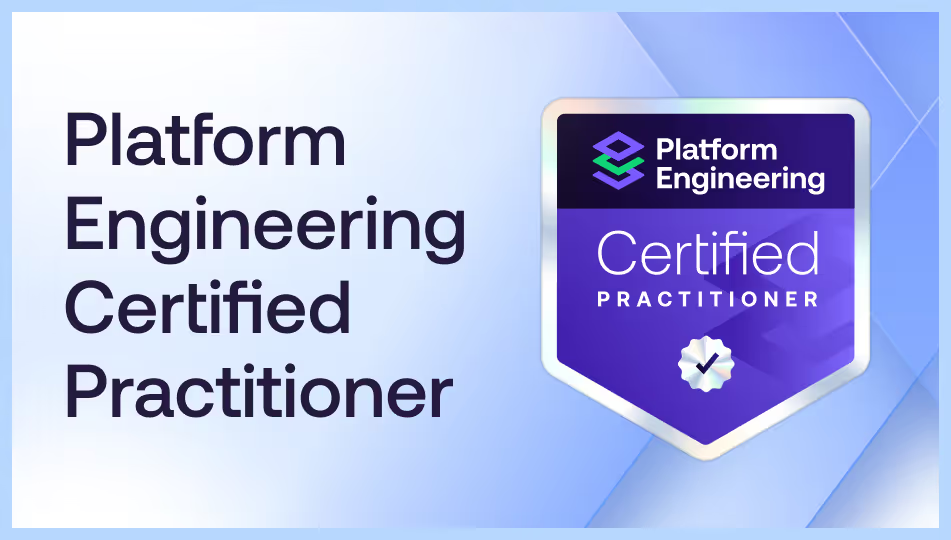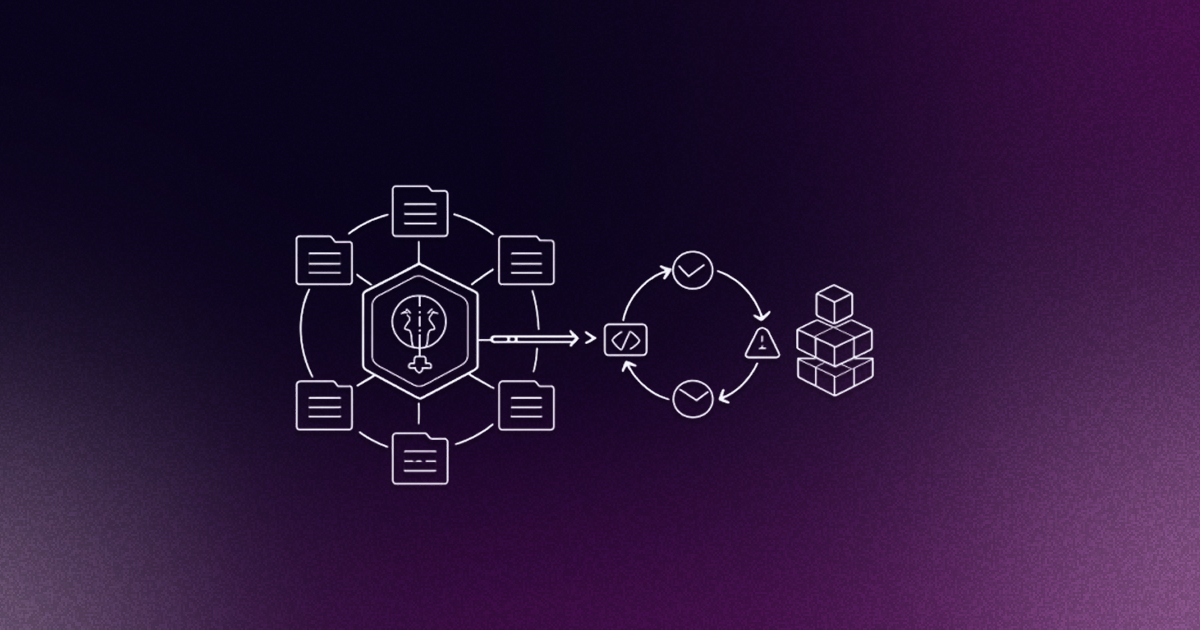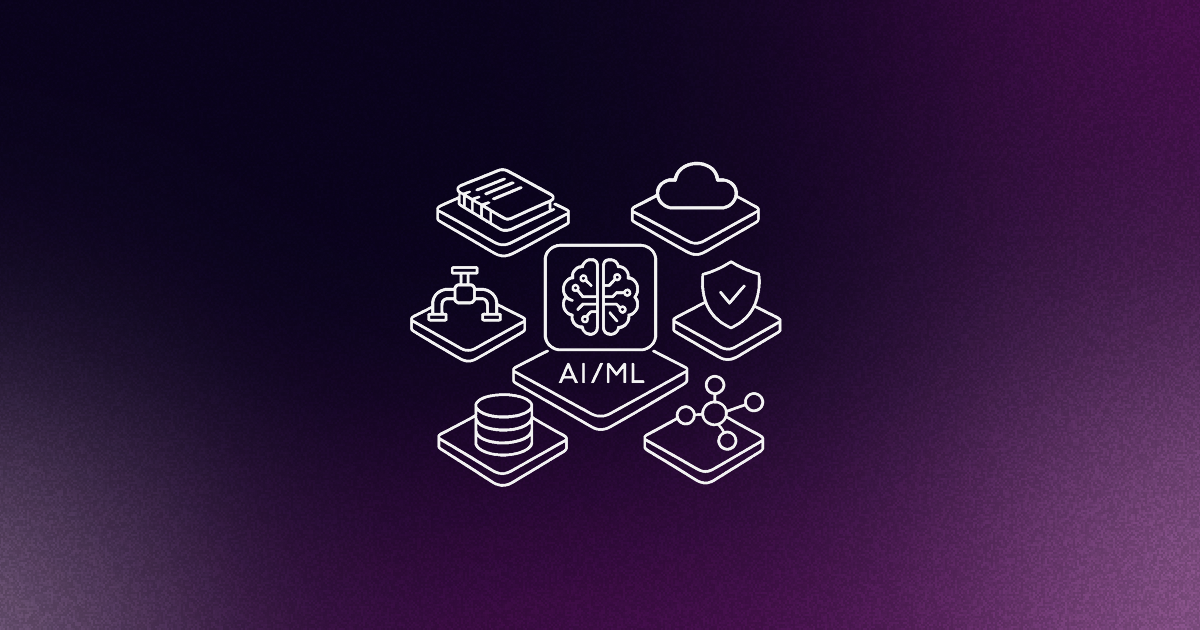The decisive differentiator between those organizations that are winning big with platform engineering and those that aren’t is how they treat their Internal Developer Platform (IDP). Is it a finite engineering project or a living internal product?
The project mentality is characterized by a fixed scope, a predefined deadline, and an unspoken assumption that the team can shift focus once implementation is "complete". This project-first approach, which often carries the legacy of a traditional DevOps mindset focused on writing customized pipelines for individual teams, misses the vital shift necessary for success. A platform initiative without a product foundation immediately faces low engagement, unclear value, and the "death spiral of platform engineering”. It is more likely to get a Platform Product Manager with the focus and drive to improve the platform, rather than a simple project manager, or no one at all. The truth is, the product mindset is the bedrock upon which successful platform initiatives are built, serving as the prerequisite for achieving organizational alignment (Shared Language), securing sustained investment (Executive Buy-In), and driving voluntary usage (Adoption). If this foundation is missing, the platform is merely an expensive monument to engineering effort.
The mandate of Platform as a Product (PaaP)
Product-led platform teams replace assumptions with investigation, focusing on the internal customers' actual problems. This includes actively observing developer workflows, asking what genuinely frustrates them, and identifying pain points, whether they are long lead times, chronic “TicketOps” that steal their time, or simply issues of cognitive load.
The critical change here with Platform as a Product is the focus on solving impactful organizational problems at scale rather than merely delivering requested features on an individual basis. To execute effectively, platform teams often embed a Platform Product Manager (PPM), distinct from a simple project manager, who bridges technical details with user needs, contextualizing how the IDP aids developers’ goals and translating feedback into actionable improvements. This leadership anchors a living product roadmap, continuously evolving based on developer input and business priorities. This PPM is key in driving the Platform as a Product mindset shift across your organization. They are also often also more adept at clearly defining the platform’s boundaries, what it will and won’t support, to focus effort on high-value, standardized golden paths (paved roads) rather than scattered niche requests.
Project mindset vs Product mindset
The contrast between organizations stuck in a project-only mindset and those embracing PaaP is evident in their metrics and approach to scaling.
Teams operating under the anti-pattern of the project mindset often fall into "Platform Engineering Hell," confusing technical output with success. They might staff the team exclusively with experienced operations engineers who design a platform to solve Ops issues they faced, resulting in an IDP that developers ignore because it fails to address their pain points. These efforts burn millions while adoption remains zero.
In contrast, product-led platforms progress through defined maturity stages:
- Minimum Viable Platform (MVP): This initial phase focuses on tactical validation, defining foundational golden paths, and de-risking the entire initiative. It is purposefully simple and representative, aimed at validating assumptions and establishing a measurable baseline.
- Production Readiness (PRP): The focus shifts to stability and resilience, where a first pioneering team begins daily usage in all environments.
- Adoption and scaling: The goal is large-scale adoption and the automation of onboarding for cohorts of like applications.
Success in these stages is quantified using outcome metrics, moving beyond simplistic uptime reports. Product-oriented teams track measurable success criteria like for example:
- Developer Satisfaction (DevEx): Measured via NPS, CSAT, or direct feedback.
- Platform usage: Tracking golden path adoption percentage or active users.
- Value stream improvement: Quantifying impact on lead time (speed to market), time-to-first-deploy, service creation time, or testing time. For instance, shifting deployment time from 45 minutes to under 10 minutes is a direct value outcome, or decreasing testing timelines from days to hours.
Next steps
By quantifying these human-centric, workflow-driven results, platform teams create a tight, continuous feedback loop where better insights lead to better developer experiences, thereby driving higher adoption and generating more data for further improvement.
The real differentiator between successful and stalled platform initiatives isn’t technology; it’s mindset. Treating the Internal Developer Platform as a project creates a cycle of delivery and decay; treating it as a product creates a continuous loop of discovery, value, and improvement. A platform is never “done.” It must evolve with developers, business priorities, and the organization’s broader goals.
Enterprises that embrace a product mindset embed product leadership, clear prioritization, and outcome-based metrics, focusing on things that truly matter like developer experience, time-to-value, and adoption. If your platform feels stuck in project mode, it’s time to reframe. Our Platform Engineering Advisory helps enterprises operationalize product thinking, embedding product management discipline and developer-centric discovery loops to turn platforms from static projects into strategic growth engines.












